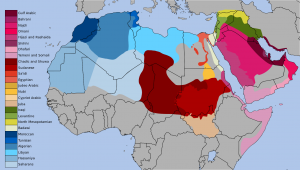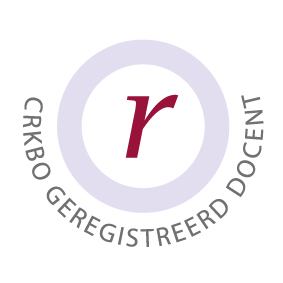Egyptian Colloquial Arabic (ECA)
Back to the: Courses
Standard Arabic (“fusHa”) is a modernized form of classical Arabic and is used as a lingua franca in the Arab world, primarily in written form. It is also used in newscasts, official and academic lectures and in religious situations.
Each region (each town in some areas) has its own colloquial version of Arabic composed of standard Arabic and various loan words used with a simplified (usually), flexible grammar,.This diglossia is pronounced in certain regions to the extent that many North African dialects (Moroccan, Algerian, Hassania – from Mauritania) are nearly unintelligible to Arabs from Lebanon and Yemen. Egyptian Arabic is widely understood due to Cairo’s status as the media center of the Arab world.
Egyptian Colloquial Arabic (ECA), also known as “dargah”, “amiyah” of “lahgah” is the spoken dialect of Egypt. ECA is grammatically simpler and has a less voluminous vocabulary than Modern Standard Arabic. While most ECA words find their root in MSA (Modern Standard Arabic), many ECA words are borrowed from Turkish language.
Curriculum Highlights:
Egyptian Colloquial Arabic (ECA) is the spoken language of Egypt and the most widely understood Arabic dialect in the Middle East. We try to give you a working knowledge of ECA to enable you to accomplish everyday tasks, to chat in Egyptian Arabic and as you improve, to exchange opinions and hold real conversations with native speakers. Another objective of our courses is to give you a working knowledge of the Arabic script to make your life easier. Our focus is communicative. We follow the situational language teaching methodology where the spoken language is presented through situations that do not require translation.
Setting Description:
We teach “Aameya” or Egyptian Colloquial Arabic which is the most widely understood in the Middle East. With our communicative approach, and our focus on small classes, students can quickly progress through the levels to a point where they really begin to communicate. For beginner students who do not know to read and write we add on extra support, free of charge.
kullu tamäm!: An Introduction to Egyptian Colloquial Arabic.
A new coursebook in spoken Arabic
There are basically two types of Arabic: the local vernaculars—which are used in everyday life—and Modern Standard Arabic, which is restricted to writing and to speaking in formal settings. Anyone wanting to have a good command of the Arabic language must learn both varieties. kullu tamam! takes account of this diversity in two ways: it introduces the student to the language by means of Egyptian Colloquial Arabic, and provides a basis for those who want to go on to learn Modern Standard Arabic. This is done by using the grammatical terminology common to both varieties of Arabic, by offering many vocabulary items current in both the vernacular and the standard variety, and—in the later lessons—by introducing the Arabic script. kullu tamam! uses a cognitively oriented approach, presents Arabic mainly in transcription, gives grammatical rules, and presents a wide range of pattern drills and translation exercises (with key), as well as vocabulary lists for both Arabic–English and English–Arabic. Illustrative texts are either short dialogues, as may be encountered in daily life in Egypt, or descriptive passages dealing with more abstract topics and using a vocabulary typical of Arabic newspapers. The accompanying audio CD carries recordings of the texts, made by Egyptian native speakers. For over ten years now, the Dutch edition of kullu tamam! has been used successfully as a textbook in first-year Arabic courses at university level in the Netherlands. Now students in the English-speaking world can benefit from its clear, fresh approach. kullu tamam! is also suitable for self-study purposes.
Permalink Comments off




